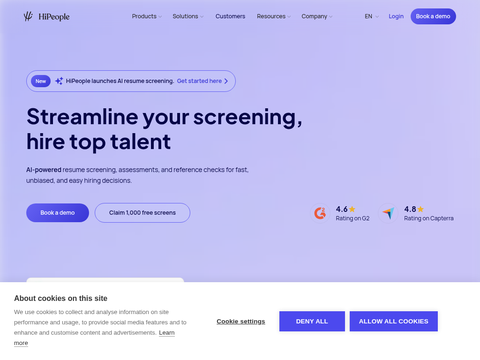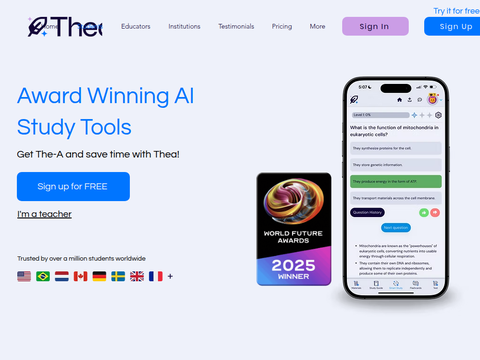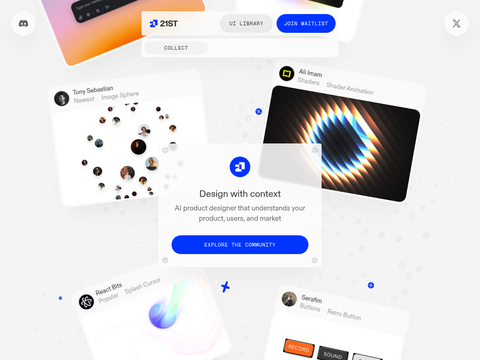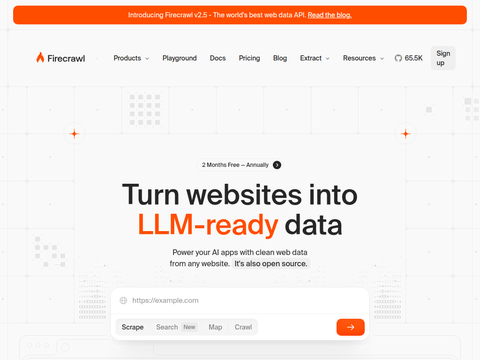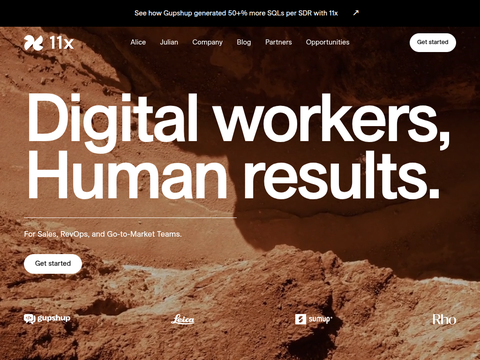Google's AI ecosystem is rapidly evolving. Following the success of Gemini 1.5 Flash, Gemini 2.0 has been released. Both models are multimodal, capable of handling text, images, audio, and code. However, Gemini 2.0 has achieved significant enhancements in depth, creativity, and precision.
As of December 11, Gemini 2.0 has been made available through the Google search engine in the form of an AI overview. These overviews are powered by the Gemini 2.0 model and are accessible to Google Search users worldwide. Additionally, users can access the Gemini 2.0 chat version (known as "Gemini 2.0 Flash") through the Gemini app or web interface, facilitating global, barrier-free access. This model not only introduces new features but also enhances its core capabilities.
Various prompts were used to test both models, revealing differences in the testing process and responses.
Summary
Prompt: Summarize the main points of this 50-page research paper about renewable energy advancements into a 500-word executive summary.
Gemini 1.5 Flash excels at summarizing large documents, providing a structured and comprehensive analysis of the main points. However, its summaries can sometimes feel somewhat flat and miss subtle nuances. In contrast, Gemini 2.0 offers more refined output, delivering concise summaries that are well-organized and capture deeper meanings and connections. For instance, when summarizing a 50-page research paper, Gemini 2.0 can emphasize technological breakthroughs and their wide-ranging impacts, creating a narrative that is both detailed and engaging. This is particularly useful for users who need information for presentations, as the model allows them to obtain the necessary details in a more streamlined and structured manner.
Key Improvement: Gemini 2.0 demonstrates a deeper understanding of content complexity and pays greater attention to details.
Multimodal Analysis
Prompt: Analyze this image of a crowded city street and generate a text description focusing on urban infrastructure and environmental challenges.
When analyzing images or videos, Gemini 1.5 can identify visible elements and provide straightforward explanations. It is well-suited for basic tasks such as recognizing urban infrastructure or categorizing objects. In prompts related to city streets, it accurately identifies key aspects of the image and understands their significance. However, Gemini 2.0 goes a step further by inferring relationships and consequences within the visual context. For example, when analyzing an image of a bustling city street, Gemini 2.0 suggests solutions to urban challenges, such as introducing green spaces or pedestrian zones, showcasing improved reasoning and problem-solving capabilities. This is impressive and, I believe, will be beneficial to users in many scenarios.
Key Improvement: Gemini 2.0 provides deeper analysis and actionable insights.
Long-Form Audio Transcription
Prompt: Transcribe this 9-hour podcast on space exploration into a detailed outline with timestamps for each major topic.
Gemini 1.5 offers straightforward summaries of podcasts, focusing mainly on broad themes but lacking details about the presentation and structure of these themes. In contrast, Gemini 2.0 provides a more detailed outline, emphasizing the specific flow of the podcast, scheduling, and introductions of hosts and guests. These two models represent different approaches to handling podcast content, offering varying levels of detail, focus, and understanding of podcast formats and pacing. While both have potential, I prefer the newer model for its enhanced detail and organization.
Key Improvement: Gemini 2.0 offers more in-depth analysis and better explanations, presented with improved layout.
Code Debugging
Prompt: Here’s a Python script for a machine learning model. Review it for errors and suggest optimizations to improve runtime efficiency.
Gemini 1.5 serves as an efficient coding assistant, capable of debugging scripts, cross-language translation, and error identification. While its suggestions are reliable, they tend to be basic. For general users, this level of debugging is sufficient; however, for more advanced optimizations, users might consider upgrading to the newer model. Gemini 2.0 enhances these capabilities by providing advanced optimization techniques and detailed explanations of why certain fixes are beneficial. Its advanced ability to handle complex programming tasks is highly valuable for developers. Even though the code I tested was very simple, Gemini 2.0 still offered more detailed explanations than Gemini 1.5.
Key Improvement: Gemini 2.0 provides higher-level optimization strategies and deeper contextual understanding within coding workflows.
Personalized Education
Prompt: Create a custom lesson plan on the history of quantum mechanics for a high school audience, including visual aids and quizzes.
While both Gemini 1.5 and 2.0 can create usable lesson plans, Gemini 2.0 delivers responses that are more in-depth, refined, personalized, and creative. The lesson plans generated by Gemini 2.0 push the boundaries of language models in curriculum development. I am impressed by the abundance of additional content (such as visual aids and quizzes) produced by the new model, which provides more detail and demonstrates the potential for future planning. If I were a teacher, this model would be my first choice.
Key Improvement: Gemini 2.0 offers a richer background and more comprehensive output, making it a more holistic and user-friendly model.
Multimodal Storytelling
Prompt: Write a short story about a magical forest and generate three illustrations to accompany key scenes in the narrative.
For creative tasks like developing lesson plans or writing stories, Gemini 1.5 provides structured output that meets basic expectations. While visual aids and quizzes are helpful, they may lack imagination. On the other hand, Gemini 2.0 stands out with more elaborate storytelling, engaging educational content, and dynamic visual elements. Its ability to tailor content to specific audiences is more creative, making it a better choice for educators and writers.
Key Improvement: Gemini 2.0 exhibits enhanced creativity and audience-specific customization capabilities.
Final Thoughts: Gemini 2.0 Sets a New Standard
Both models excel at handling large amounts of data, but Gemini 2.0 outperforms Gemini 1.5 in nearly every aspect, especially in accuracy. Tasks such as podcast timestamping or detailed transcriptions are handled more precisely by Gemini 2.0, thanks to its improved multimodal processing capabilities. In my hands-on testing of both models, it is evident that Gemini 2.0 offers superior accuracy and consistency in data-intensive tasks.
While Gemini 1.5 Flash is already a powerful tool for various applications, Gemini 2.0 enhances the user experience with richer and more nuanced outputs. Its improvements in creativity, problem-solving abilities, and accuracy make it an indispensable upgrade for professionals and creatives seeking cutting-edge AI tools. For those already impressed with Gemini 1.5, upgrading to 2.0 is a transformative step that sets a new benchmark for multimodal AI.


